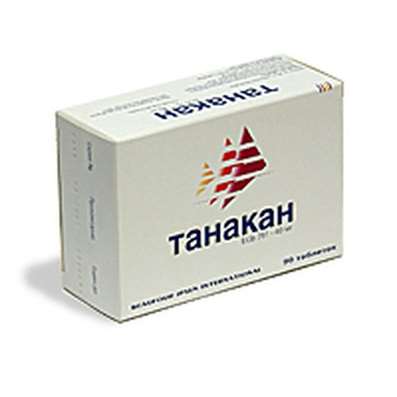FAQ: Metagenome
13 Dec 2016
7 facts about the study of the total genome of bacteria

The total genome of a community of organisms called metagenome. For example, there metagenom bacteria living in the human mouth. In fact, it is not very accurate, because in the dental plaques live one community, the language on top of the other lives, from the bottom - the third and so on. It was suspected that the bacterial communities are very diverse, but there was no good way to describe this diversity.
1. One of the major surprises, when the methods of analysis by identifying the genetic sequence, it was just how great variety. It is hundreds of genomes, about the majority of whom previously knew nothing. They are not cultivated, ie we can not study them by classical microbiological agents, and the only thing we can do with them - is to study and compare their genomic sequences.
2. In man, the bacterial cells is at least 10 times larger than its own cell. From the perspective of the bacteria we simply great walking home. Clearly the bacterial cell is substantially smaller than human cells, but, nevertheless, 1-2 kilos of bacteria we carry.
3. Man - this symbiotic organism, because we are from bacteria that live in us, are very dependent. For example, they interact with our immune system. Many autoimmune diseases, particularly autoimmune bowel disease, are a consequence of poverty bacterial flora: the immune system begins to run dry. To some extent, our bacteria protects against pathogens: if you have a healthy bacterial community, and you have got into the intestine pathogenic bacteria, they will not be able to penetrate into this community. In addition, we metabolism occurs with these bacteria. Vitamins produces intestinal flora for us: we get some of their food and make a significant fraction of our intestinal bacteria. Cyanocobalamin injection - is essential for DNA synthesis.
There are a number of international projects for the study and comparison of parts of the human microbiome different. You can describe their diversity, and we can try to describe the functional properties of the microbiome in general. Different people have individual microbiome. It is known that obese people and lean structure of different types of bacteria that live in the intestine. This can be investigated experimentally: you take several sterile pups, some bacteria infect one other - the other, and even if the pups from the same litter, some will weigh on the tens of percent more than others for the same feeding.
4. From a medical point of view, a very significant impact of antibiotics because antibiotics - are what kill bacteria. Kill you want pathogen, but you Grass and his own bacterial flora. There are not very appetizing, but a reasonable procedure, when a person before giving him large doses of antibiotics, collect stool samples and then to restore the intestinal microflora, these samples are inoculated back his intestines.
There are quite a large group of bacteria, the so-called opportunistic, which are always present and normally no effect on a person do not have, and the weakening of the body with high doses of antibiotics, when changing the microflora or have problems with immunity, they begin to cause disease.
A typical example - is Staphylococcus aureus, it is present on the skin of half the people, and erysipelas in this still does not happen at all. Most of these bacteria are not cultivated.
5. There are beautiful works metagenomic analysis of the world's oceans. Craig Venter - one of the authors of the first articles about the human genome, and its next big project was just a metagenomic analysis of the ocean. He bought a boat and sailed from Newfoundland through the Isthmus of Panama in the Pacific Ocean, and on the way scooped water sample and then determines the sequence the genomes of bacteria that live in these samples. Of the bacteria that inhabit the world's oceans, we know quite a bit, and this is a big share in the production of oxygen, compared with forests, which we are so actively defend. The bulk of oxygen make unicellular cyanobacteria in the ocean.
6. There are exotic and very beautiful examples of poor study species microbiome associated with unusual conditions. For example, there is a former iron mine with acidic water, in fact it is diluted sulfuric acid. There are several types of live bacteria. Usually when you do metagenomics, then reconstruct complete genomes can not: you have obtained pieces. And when little species, and read with a lot of pieces, then they begin to stick together in complete genomes. There is already available a hybrid of classical microbiological and metagenomic approaches.
7. There was also a wonderful story about a marine worm Olavius algarvensis, which does not have a stomach. Instead, it has a few skin live in symbiosis bacteria. Again we sequenced all at once and described the metabolic relationship between these species: some amino acids worm does someone helps it supplying substrates for respiration. From worm also need bacteria to crawl it, since they themselves can not travel over long distances. It turns out a trolley that moves to where the desired concentration of sulfur, iron, and carbon dioxide. Individually, all of these creatures to grow impossible: they can only exist as a single entity. This is such a wonderful metagenomic history.

 Cart
Cart





